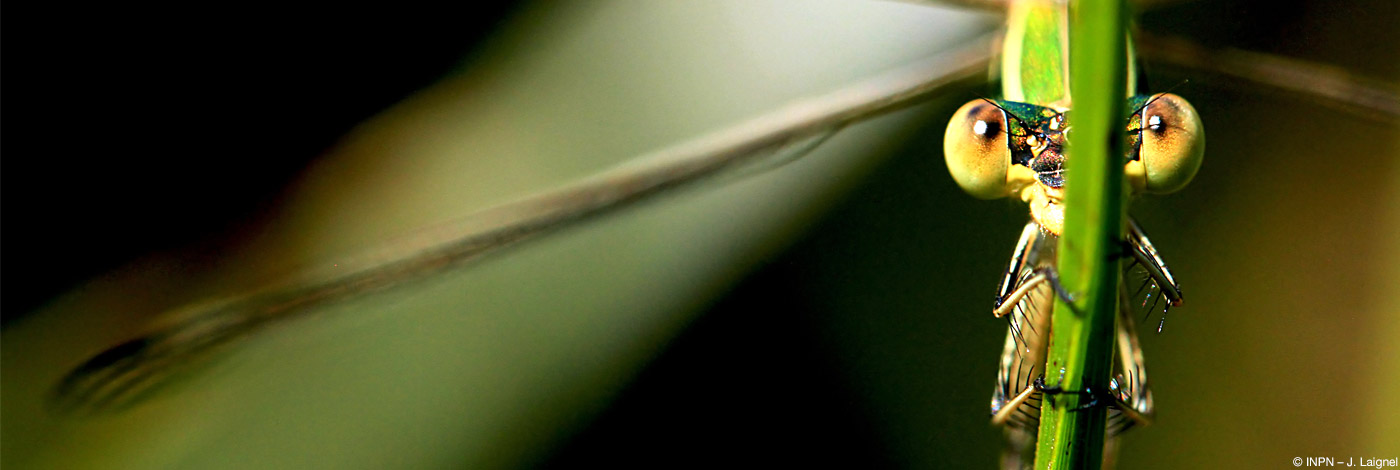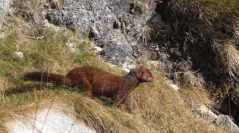

 Naturae
2024 (2) - Pages 13-30
Naturae
2024 (2) - Pages 13-30The first confirmed observation of Mustela vison Schreber, 1777, the American Mink, on île Tomé (département des Côtes-d’Armor, Brittany, France) was in 2012. Since then, an action program, named “Trégor Gestion Vison”, bringing together local structures involved in environmental issues, was set up to eradicate the species on this island. This program made it possible to collect, between 2014 and 2020, biological material from île Tomé (34 samples) but also from the nearby continent (Côtes-d’Armor, 38 samples). A genetic analysis was carried out, from this biological material, in order to identify modalities of colonization of the island. For this purpose, all samples were genotyped at 16 microsatellite markers. Results clearly show that there is a network of parental interrelations on île Tomé and therefore that the species reproduces on this island. They also clearly show, through the identification of at least five immigrants, that a repetition of colonization events took place. It is consistent to think that one mink colonizes the island each year, on average. Furthermore, individuals of both sexes are capable of colonizing the island, since the five probable immigrants identified are three males and two females. The highlighting of several colonization events indicates that île Tomé is not isolated from the nearby mainland, that colonization of the island occurs naturally, and that it cannot be an introduction by man. These results also explain why, after an apparently successful eradication in 2018, the island again hosted minks from 2020. Management operations for mammals introduced to the islands are often subject to failure, due to lack of knowledge, particularly regarding modalities of colonization and recolonization. Information on invasion pathways and gene flow between continental and island populations is crucial for assessing risks and establishing effective management strategies. Our study goes in this direction. It gives to the managers of île Tomé arguments to build an action strategy. In particular, it allows the selection of biosecurity measures most likely to limit recolonization. These measures will complete the continuous ecological monitoring already in progress.